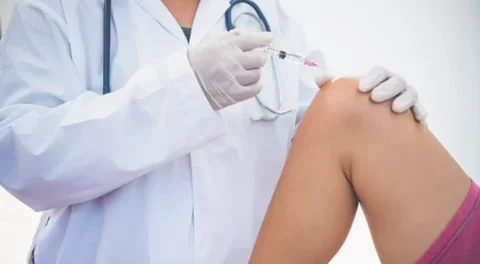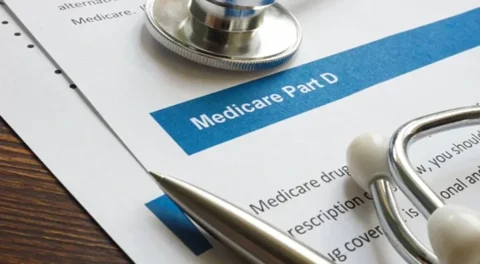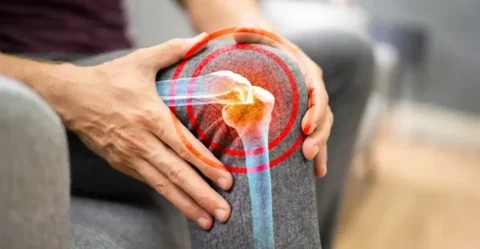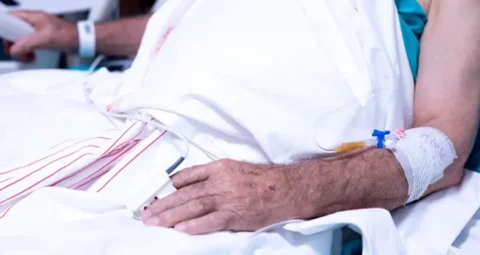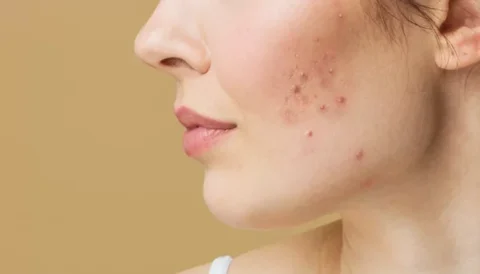With the many types of hair loss that affect millions of men and women around the world, cosmetic and medical science has always been searching for better ways to prevent hair loss and encourage hair growth without having to resort to invasive methods like hair transplantation surgery and other similar procedures. One possible treatment for hair loss that’s been touted as an alternative for hair transplantation in particular: platelet-rich plasma treatments.
But can PRP make hair grow without transplantation? The evidence on this benefit is far from conclusive, but it has shown some promise in dealing with hair regrowth. It’s important to note that the specific type of hair loss also plays a role in the efficacy of hair growth. While this type of hair loss treatment offers a less invasive alternative to hair transplant procedures, it’s best to consult a professional regarding what treatment you should go for.
How Does PRP Work For Hair Growth?
Platelet growth factors are not a new science – sports medicine in particular has seen plenty of success using a pure concentration of platelets to boost anything from healing after surgery to maintenance treatments for athletes in contact sports. It’s only recently that the benefits of platelet growth factors have been examined as possible aids in improvement in hair density and therapy for hair loss, alongside other similar cosmetic alternatives to a surgical procedure.
PRP treatment relies on the use of platelet-derived growth factors directly on the scalp and other skin surfaces, with the high platelet concentration boosting the healing process and tissue regeneration. By using the body’s natural wound healing response to injuries, PRP treatments may be used for conditions like androgenetic alopecia by improving blood supply and production of the blood cells in the hair follicles, which activate the body’s wound healing response without the need for injuries.
This can also re-activate any dormant hair follicles in the skin, especially because of the increased blood flow and circulation in the area. While it’s far from the most common type of hair treatment used to get improvements in hair density, it can function as one of the easiest treatments for hair loss that any patient can use.
Why Studies Are Inconclusive
So given this, why isn’t PRP treatment more commonly accepted as a method to treat hair loss? There are two possible reasons why this is the case:
Difference in PRP Preparation
One reason why PRP treatments can seem to differ in their results is that there are multiple ways of administering PRP treatment, including the actual procedure to prepare the platelet concentration. Providers have the option of injecting a simple, pure platelet concentrate into your body, or they can use some additives that can affect how it works.
Some of these additions include a fibrin matrix so the cells bond together better, or leaving in white blood cells to help with the immune response. Given these differences (and the lack of an overall standard for PRP preparation), most experts are still unsure about recommending PRP as a primary method of taking care of hair loss.
Other Factors That Affect Efficacy
Most applications of PRP – successful or otherwise – have usually been used with medical applications, like sports injuries and other traumatic events. The effects of PRP on cosmetic applications like hair growth haven’t been fully understood, requiring further study to have a definite conclusion on how potent its effects are in addressing hair loss.
Given that people react to PRP treatments differently, it’s also difficult to ascertain which factors can improve or lessen the efficacy of results from PRP treatment. This lack of knowledge is also one of the primary reasons why despite the theoretical framework of PRP treatments being sound, actual real-life results will always vary depending on the patient.
Why Choose PRP Treatment Over Hair Restoration Surgeries
Even with all of these considerations, there are still some very good reasons why you can choose PRP injections as an effective treatment for hair loss – or at least to get improvements in hair density:
1) Non-invasive procedure
The most significant benefit of going for platelet-rich plasma injections over hair restoration is that it doesn’t require significant trauma to your skin, unlike the punch grafts needed for hair grafting. All you need is to give a blood sample to your PRP provider, which they will then process into a pure platelet-rich plasma concentrate.
This serum is then injected straight back into your scalp, with a few more injections down the line depending on the severity of your hair loss. It doesn’t require any incisions, grafting, or any significant wounds or openings in your skin, which can often be the consequence of going through hair transplantation surgery.
And because it’s non-invasive, there’s also minimal downtime required after your treatment. Hair transplantation treatment may require some extended rest to allow the grafted area and the donor area to heal, with results not being visible until many months down the line. PRP treatments offer this same benefit without you having to experience downtime from your treatments.
2) Excellent alternative for most hair regrowth/rejuvenation procedures
PRP can also be used as a general treatment of hair thinning and temporary hair loss, especially if it’s caused by lifestyle changes or genetics. These are generally harder to treat with hair transplantation since they don’t require that drastic of a procedure to treat, as they toe the line between normal to above-average rates of hair fall. These conditions normally don’t require something as extensive as hair transplantation, but can still benefit from some type of hair loss treatment.
PRP treatment works as an alternative for almost any type of patient, which can make it extremely useful if you can’t go through most conventional hair loss treatments for any reason. Because of the different effects and formulas used in other treatments, it can be difficult to predict the exact reaction your body will have to some of them. This uncertainty (along with the increased risk of side effects) is what can often stop other hair loss treatments from being accessible to you.
In contrast, the biocompatibility of PRP injections means that you’ll always receive some benefit from your treatments – and with the bonus of experiencing little to no rejection from your body. Since it’s your own cells that are used in the treatment, your body can process them without any issue, even with the few added ingredients used in some types of PRP preparations.
3) Works with other hair regrowth and rejuvenation treatments
Finally, the non-invasive nature of PRP injections means that they can also still work as intended even if you’re using other hair rejuvenation treatments – whether that’s topical medications like minoxidil or less intense options like LED light therapy. Applied properly, PRP injections can become an effective supporting treatment to boost the effects of your primary treatment.
Because PRP injections rely on your body’s own wound healing and cell repair mechanisms to work, it doesn’t interfere with chemical changes that you may get with topical medications or the physical changes encouraged by methods like LED light therapy. Your body can continue to enjoy the benefits of PRP injections without it affecting other hair growth treatments you might be trying, which can increase the chances of getting better results.
In fact, this is one thing that most PRP providers would suggest, especially if you’re experiencing significant amounts of hair loss. PRP treatments may not always provide the quickest and most visible results, which means that patients looking for more drastic improvements need to use another hair growth treatment to get the results they want to see.
PRP Treatments With Hair Transplantation Treatment
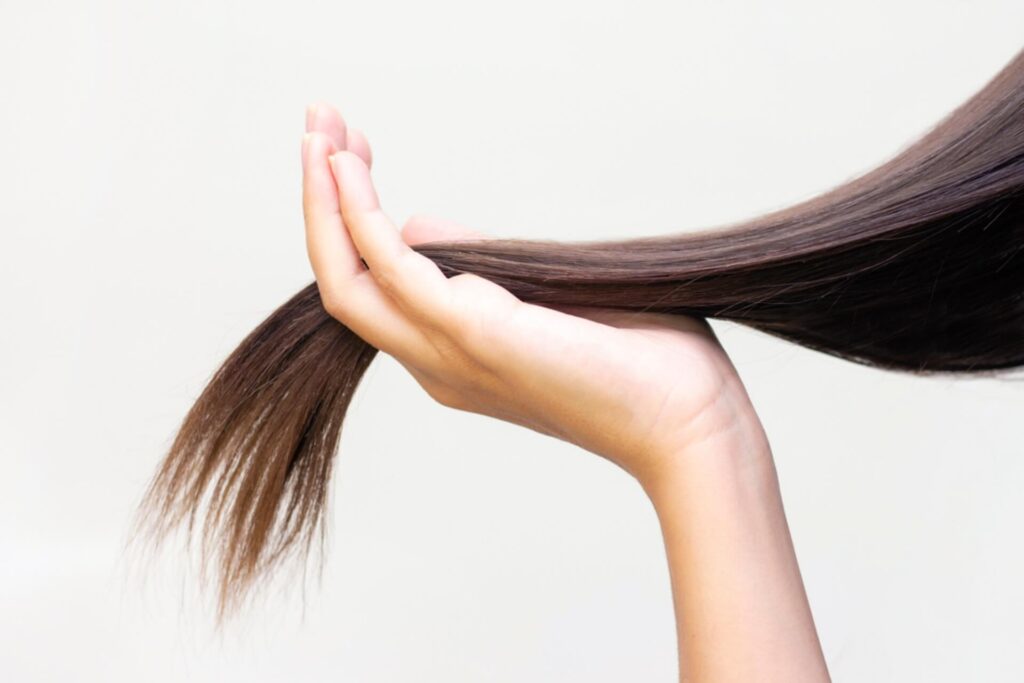
While it’s an acceptable alternative for hair transplantation treatment, is there any merit to actually using PRP treatments with hair transplantation? While the exact effects may differ depending on the patient, most of the existing evidence seems to indicate that these two methods of hair regrowth are perfectly compatible.
Because PRP injections rely on boosting your body’s regenerative capabilities, it doesn’t get in the way of how hair transplants work – and may even help your body recover better in the process. Hair transplantation can often be traumatic on the skin for several reasons – particularly in the process of getting the grafts from the donor area – so the increased wound healing properties from PRP treatment can be extremely helpful to anyone recovering from the procedure.
Coupled with the ability of PRP therapy to possibly reactivate dormant follicles, these two treatments can combine to create an effective long-term solution to most types of hair loss. Most hair transplantation patients already see high success rates from their surgery, and the effects of PRP injections can be a useful aid in improving those results.
The only possible drawback to doing this is the still-unclear nature of how effective PRP injections can be with hair regrowth. The hair transplantation procedure may be enough to give the patient the results that they want, which might make PRP treatment unnecessary. However, the effects of PRP treatments are still useful in helping your body recover from the strain of the actual surgery itself.
FACE Med Store: Your Partner in Providing High-Quality Medical Tools and Supplies
Platelet-rich plasma treatments have some promising effects if you have a particular skin condition like androgenetic alopecia or other types of male/female pattern baldness, but its full efficacy still needs to be studied with regards to hair regrowth. While the growth factors released by PRP treatments can rejuvenate hair follicles and encourage cell growth, using only PRP injection as a hair loss treatment can give you mixed results.
As a long-time provider of cosmetic and medical tools to our clients, FACE Med Store now also offers our stocks to anyone who needs medical-grade supplies for their needs. Whether it’s a medical condition or an aesthetic concern that needs treatment at home, we can provide you the tools that you require without compromising on quality or prices.
For more information about us and our stocks, visit our website today.
Learn More: Can Your Hair Get Thin Again After PRP Treatment for Hair Loss?

